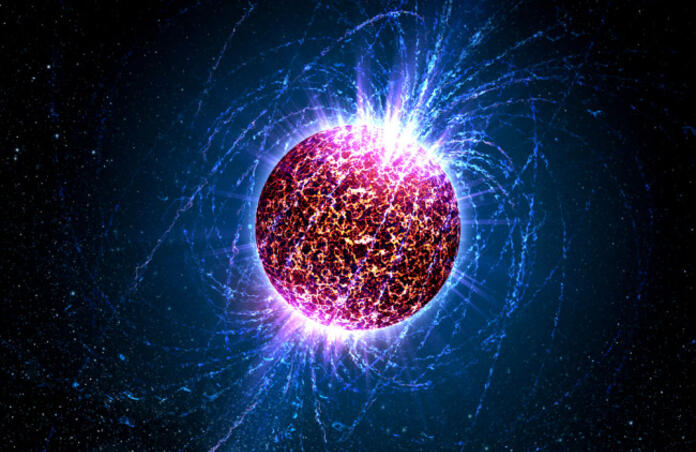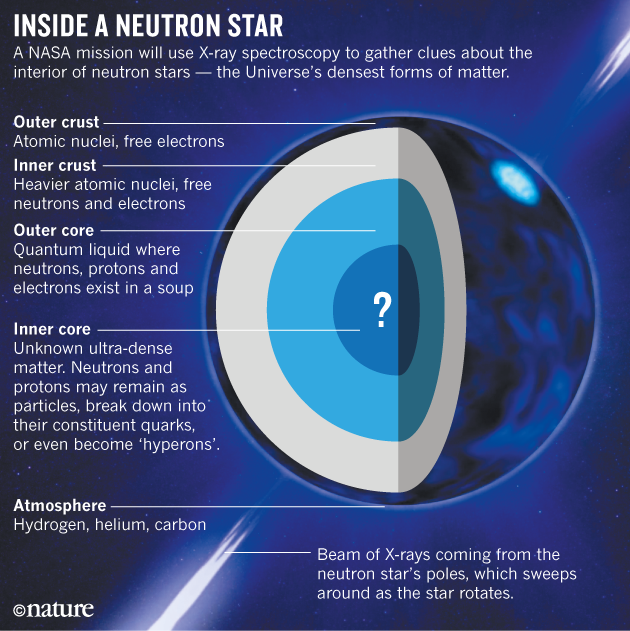Could astronomers have found the lightest neutron star ever?

A team of astronomers led by Victor Doroshenko at the University of Tubingen, Germany have measured the lightest neutron star we’ve ever seen… or have they?
The star under debate is found in the centre of a supernova remnant HESS J1731-347 which is located 8000 light years away from us in the Scorpius constellation. Neutron stars are the extremely dense leftovers of a dead star- at the end of its lifetime, a star cannot hold off gravity so the core starts to collapse into a dense sphere, which in turn triggers shock waves that blow off the outer layers as gaseous clouds. The core which is left has been compressed at such high pressures that protons and electrons have been crushed to form neutrons, hence the term ‘neutron star’. These condensed stars have typical masses of at least 1.1 solar masses, which is a vast size compared to the lightweight neutron star the team claims to be only 77% the sun's mass.
Victor and colleagues re-analysed a decade’s worth of X-ray observations taken using the XMN-newton and Suzaku space observatories, matching the spectra to computer models of heat emitted from the stellar surface. They concluded that the neutron star is between 0.7-1 solar masses and spans 7 miles in diameter. However, the team made a number of assumptions when creating these models, which is where many other scientists aren’t quite convinced. One assumption was that the neutron star radiates uniformly from its surface, heating a carbon-based atmosphere. These objects are typically called central compact objects, and it is thought that the carbon atmosphere is what makes them appear smaller than they really are.

If this is really is the lightest neutron star we’ve observed, it has been theorised that under these conditions the neutrons would be squeezed until they no longer existed, crushing the particles even further until only their constituents are left, known as quarks. Previous observations of higher-mass neutron stars haven’t seen such a break down, so this could potentially open up doors for new physics.
However, a number of scientists think that there isn’t enough evidence to firmly state that this is a lightweight neutron star yet. Cole Miller, a neutron star expert at the University of Maryland states: “As a result, the threshold for proof is extremely high, this article does not meet that threshold”. He suggests that potential problems may lie in the assumptions, and perhaps the team need to consider a magnetic field or that some part of the stellar surface might be more hydrogen than carbon. Many small but important changes like this could lead to a higher-mass star being a better fitted model.
Both the team and other scientists in the field agree that more observations are needed to increase the precision of their measurements, so we can hope to keep our eyes peeled for new information about this fascinating object.
--
Cover image: Casey Reed (Penn State University)/Wikimedia Commons
Image credit: Adapted from NASA Goddard SVS
